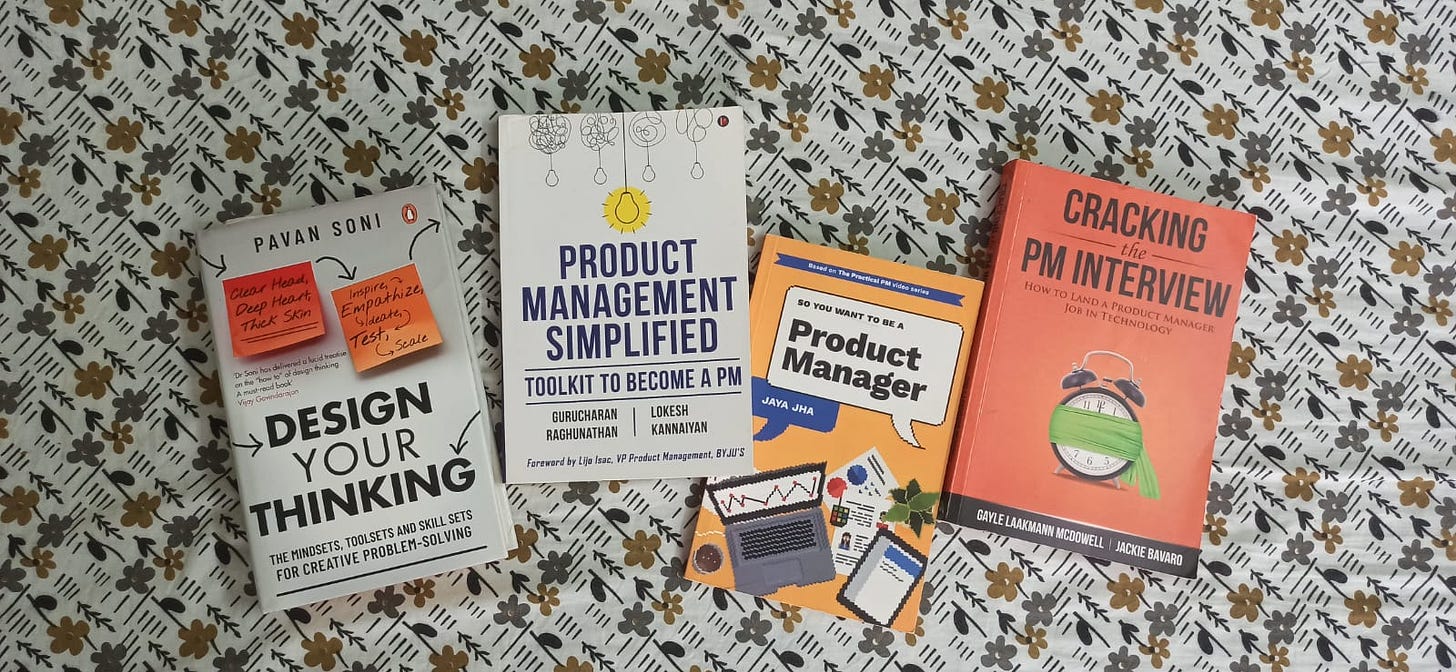Book Recommendations
My reading recommendations on various topics that you may like too
Agile
One of my favorite read has been Gene Kim’s “The Phoenix Project” that deals with a complex topic through a fictional narrative. In the novel, Bill Palmer, the new VP of IT at Parts Unlimited, faces a sinking ship: outdated systems, siloed teams, and an impossible project. To survive, he embraces the revolutionary "DevOps" approach championed by the enigmatic Eric. Through learnings like "failing fast" and "breaking down silos," Bill fosters collaboration and streamlines processes. Change takes time, not everyone adapts, and there are bumps, but the results are undeniable: faster IT delivery, improved agility, and a company on the mend.
I recently started reading 'SCRUM: The Art of Doing Twice the Work in Half the Time' by Jeff Sutherland, one of the founding fathers of Agile and co-creator of Scrum. This book opens your mind to the diverse applications of Scrum, from enhancing car manufacturing processes to modernizing outdated FBI systems.
System Design
Most of the companies hiring Technical Program Managers (TPMs) usually include a System Design Interview (SDI) as part of the selection process. While the “T” varies according to specific roles, TPMs are supposed to be good at crafting, interpreting, and defending system designs since they interface both with the technical (software delivery managers, the engineering team, etc.) and non-technical folks (like executing stakeholders). In the beginning of their careers, TPMs usually concentrate on system designs in specific projects and influence the best design for the needs and services. As they expand, they begin examining the architectural environment surrounding their initiatives and projects to identify risks as well as potential, creating an impact on the teams around them and the company as a whole.
During my attempts at transitioning to a TPM role, I used few books to prepare for SDIs. As I love reading from printed books rather than online, I bought Alex Xu’s System Design (Part-1) book in 2021 (along with Lewis Lin’s book), and since then he has become quite famous. He not only now has a popular newsletter but also published Part-2 of the SDI book, which I bought in 2023. Part 1 & 2 are now also available as a set). When I bought these books I got pirated copies shipped, but now Amazon sells full-colored, genuine editions of these books. Alex’s books are very detailed and cover over two dozen examples of System Design ranging from URL Shortner to Digital Wallet. Lin’s book is more focused on the method (PEDALS) to tackle SDIs and additional strategies you need to know (like back-of—the-envelop calculations).
Even if you are not preparing for a SDI, it would be good to have these books handy on your shelf as a ready-reference.
Product Management
The book Product Management Simplified by Guruprasad Rajasekaran and Lokesh Viswanathan helps get a clear understanding of the fundamentals of product management. Its a structured book with step-by-step guidance, great for someone transitioning from a non-PM role.
Reading So You Want to Be a Product Manager by Jaya Jha feels like a conversation with someone who’s been through the highs and lows of product management. Jaya’s candid storytelling about her accidental start in the field and her insights from working at companies like Google, Meesho, and Bright Money gives a practical, no-nonsense perspective.
Pavan Soni’s Design Your Thinking shows how creativity and discipline can coexist. Inspired by IDEO and Stanford d.school, it provides practical tools and techniques to apply design thinking not just to work but also to everyday challenges.
Cracking the PM Interview by Gayle Laakmann McDowell should be a mandatory reading for preparing for PM interviews. Its clear breakdown of roles, resume tips, and detailed coverage of interview questions—like estimation, product design, and behavioral scenarios. A must-have guide for anyone aiming for a PM role in tech!
Leadership
"The Goal" by Eliyahu Goldratt is a book that profoundly impacted me. What struck me most is its storytelling approach. Unlike traditional management books filled with dry theory, this book is a novel that follows Alex Rogo, a plant manager, as he struggles to save his factory from closure. Through Alex’s journey, Goldratt introduces the Theory of Constraints, a concept that challenges conventional thinking and focuses on identifying and addressing the bottlenecks that limit an organization’s performance.
The real magic of the book lies in its practicality. It teaches you to see beyond the surface-level issues and delve into the underlying problems that hinder progress. For me, it was an eye-opener on the importance of continuous improvement and the need to balance short-term actions with long-term goals. As an Agile practitioner, the lessons from this book have seamlessly integrated into my coaching philosophy, emphasizing iterative progress and relentless focus on delivering value.
"The Goal" is more than just a book; it's a toolkit for thinking critically and driving meaningful change in any organization.









